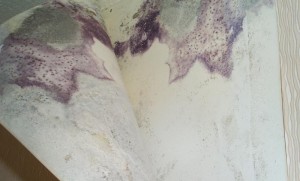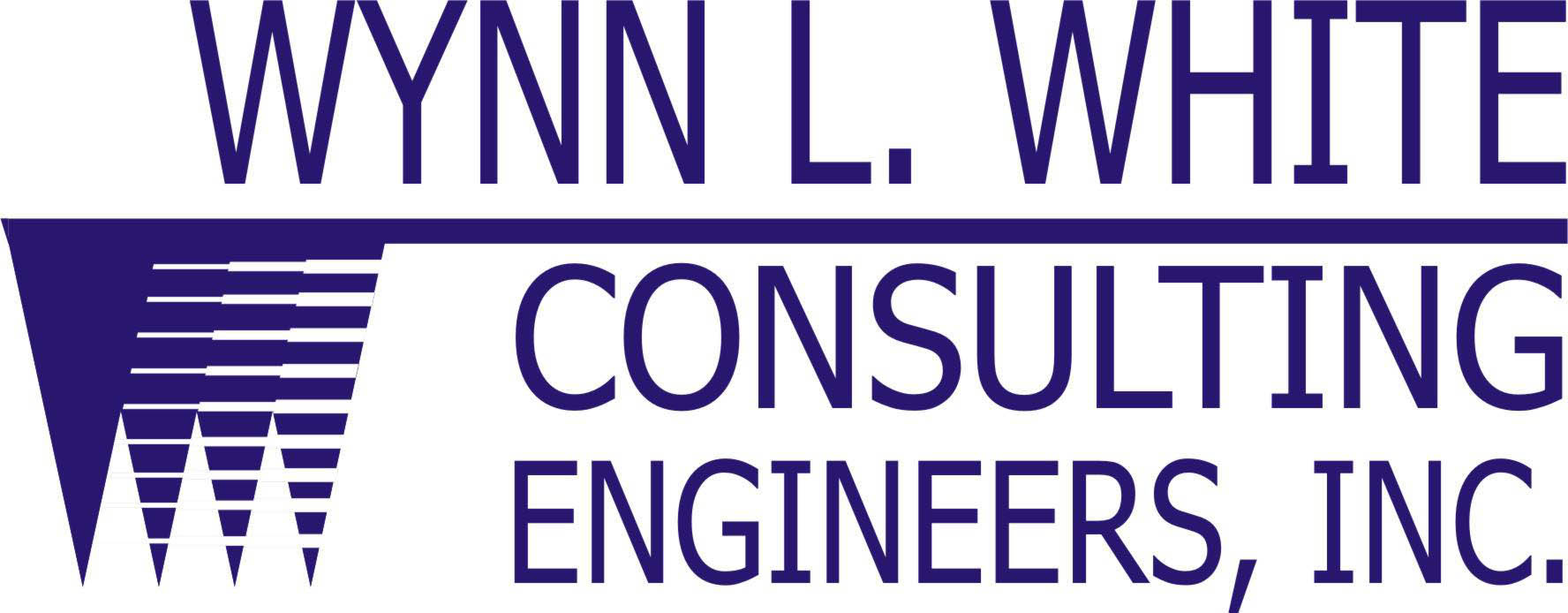Imagine you’re sitting in your office when you notice a drip-drip-drip. You get the trash can out and put it under the leak-problem solved! Or is it?
Does that water touch anything that supports mold growth, like the gypsum board ceiling or your ceiling tile? Do you notice odors after it rains? Do you notice dark fuzzy stuff around the leak or on your air conditioning vents?

Do you want this lurking behind your walls?
Mold might not be the end all bad stuff that some folks make it out to be. But if you or someone else notices it-it must be an aggravation at the very least-and it is causing pain of some sort, so let’s stop it, clean it up, and keep it from coming back. Just taking the time to talk about mold is hurting your productivity and there are known health affects of mold-let’s leave that topic for another day.
Ten Things You Should Know About Mold:
1. Potential health effects and symptoms associated with mold exposures include allergic reactions, asthma, and other respiratory complaints.
2. There is no practical way to eliminate all mold and mold spores in the indoor environment; the way to control indoor mold growth is to control moisture.
3. If mold is a problem in your building, you must clean up the mold and eliminate sources of moisture.
4. Fix the source of the water problem or leak to prevent mold growth.
5. Reduce indoor humidity to decrease mold growth.
6. Clean and dry any damp or wet building materials and furnishings within 24-48 hours to prevent mold growth.
7. Clean mold off hard surfaces with water and detergent, and dry completely.
8. Prevent condensation.
9. In areas where there is a perpetual moisture problem, do not install carpeting.
10. Did I say stop the moisture?
What to do if you have mold:
1. Stop the moisture (and keep it from coming back).
2. Clean up the mold (may require demolition).
3. Develop and implement a proactive moisture management plan.
Do you need a professional engineer to design the remediation and repairs?
As professional engineers, we are trained to analyze and find the cause of the problem, identify and evaluate the pros and cons of options, and offer you the solution that best fits your goals. This is the basis for design.
We, as engineers, spend countless hours searching for options, learning about solutions, investigating products, and trying to understand the available technologies. We have long detailed conversations with experts on subjects like air sealing, water management, egress, health and safety, wind loads, indoor air quality, and structural loads.
What to look for if you need professional help:
-
A registered Professional Engineer who has 20 years in the industry and is experienced in solving mold related issues.
-
Look for someone the experts call when they have a question-or when they’re too busy and they want to be sure their clients are taken care of.
-
Someone who has a clear and well defined process that’s going to keep you informed and educated throughout the project so that you know what’s happening throughout each step and you have all the documentation to help eliminate or mitigate any future litigation you may encounter.
